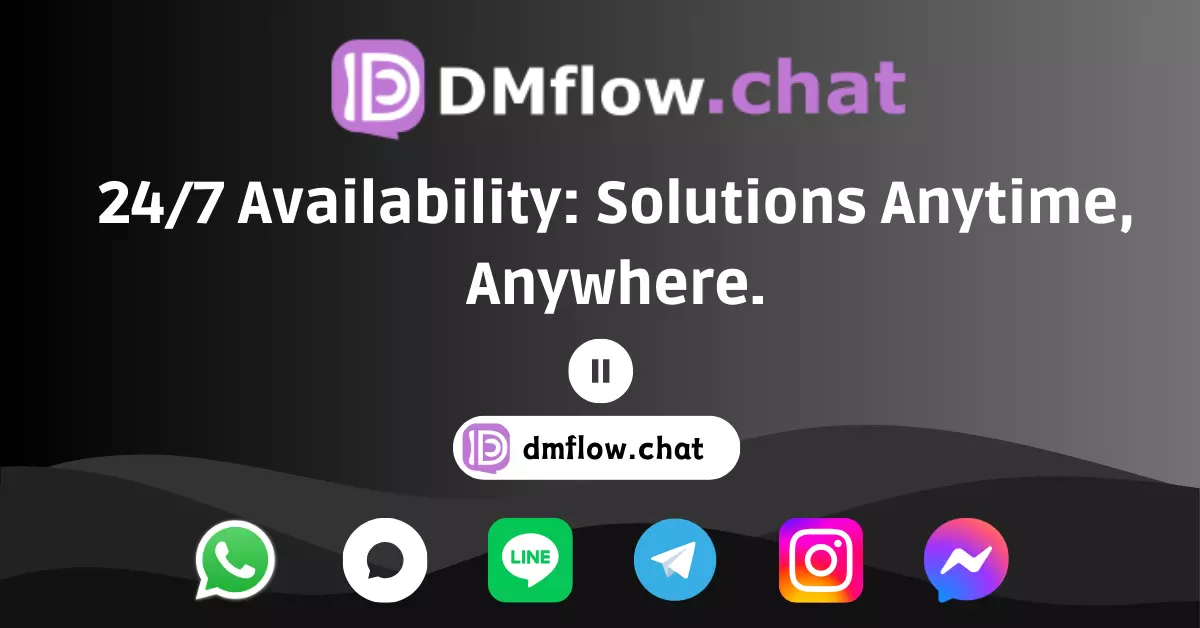F5-TTS: A Breakthrough in Voice Cloning Technology for Effortless Text-to-Speech Conversion in Your Own Voice
Still using robotic and unnatural speech? Time to check out Fish Speech 1.5, the all-new speech synthesis model from Fish Audio! It’s not just upgraded in terms of accuracy, stability, and multilingual support—it now supports 13 languages (5 newly added), and has taken the top spot among open-source models on the renowned TTS-Arena! Even more exciting, real-time seamless conversations are on the roadmap. Imagine chatting with virtual characters from the voice library anytime, anywhere—how cool is that?
Impressive performance on TTS-Arena, ranked #1 among open-source models!
How Powerful Is Fish Speech 1.5? Here’s the Rundown
The Fish Speech 1.5 update is no joke—it brings a slew of eye-catching improvements.
1. More Languages, Better Communication: Language Upgrade
Language barriers? Not anymore. Fish Speech 1.5 has you covered! With this update, it added 5 new languages, bringing the total to 13. These include commonly used languages like Chinese, English, Japanese, and Korean, plus French, German, Spanish, and even Arabic.
Just input your text, and it generates incredibly natural-sounding speech. This is a major win for multilingual content creators or anyone needing cross-language communication.
Wondering what languages are supported? Official sources say it currently supports 13 languages, including English, Chinese, Japanese, Korean, French, German, Spanish, Arabic, and more—covering most of the world’s major tongues with broad application potential.
2. Fast & Accurate Voice Cloning—In the Blink of an Eye
Fish Speech 1.5’s voice cloning technology is blazing fast! It can synthesize a voice with less than 150ms latency, which is practically real-time.
All you need is a 10 to 30 second voice sample, and it can replicate that voice with high fidelity.
Imagine the possibilities:
- Build your own custom virtual assistant that sounds exactly how you like.
- Create personalized voice guides or navigation systems that don’t sound generic.
3. Cross-Language Magic—No Phoneme Breakdown Needed
This one’s impressive! Whether you’re working with English, Chinese, or structurally complex Arabic, Fish Speech 1.5 handles it all. Unlike traditional systems, it doesn’t require phoneme conversion before generating speech.
What does that mean? It means strong generalization and significantly easier support for new languages—this is a big leap forward for TTS technology!
Who’ll love this?
- Students learning multiple languages.
- International professionals communicating across borders.
4. Fast AND Accurate—Let the Numbers Talk
All talk and no data? Not here. Fish Speech 1.5 boasts an English word error rate as low as 2% (based on a 5-minute article)—super impressive accuracy!
And the speed? With an Nvidia RTX 4060, the real-time factor (RTF) hits 1:5 (i.e., generating 1 second of audio only takes 0.2 seconds); with an RTX 4090, it reaches a blazing 1:15!
Key metrics:
- Error Rate: Only 2% on English (5-minute article test)
- Speed: Up to 1:15 RTF with Nvidia RTX 4090
5. Easy Installation for Everyone
Worried new tech means tricky setup? Don’t be. Fish Speech 1.5 offers user-friendly local deployment options for all types of users.
- WebUI: Simple and intuitive web interface. Works on Chrome, Firefox, Edge, and other mainstream browsers.
- GUI: Prefer graphical tools? There’s a PyQt6-based desktop app for Linux, Windows, and macOS.
- System Deployment: For developers chasing peak performance, there’s an optimized deployment path to unleash your hardware.
So how do you get started with local deployment? It’s easy! Just choose WebUI or GUI and install on your Linux, Windows, or macOS system. The official GitHub page usually provides a step-by-step guide—just follow along.
What’s Coming: Real-Time Chats with Your Speech Characters!
We’ve covered the current strengths—but the most exciting part of Fish Speech 1.5 might still be on the horizon. The team is working on a groundbreaking feature: real-time seamless conversation.
What’s the concept? You’ll be able to chat directly with “characters” from the voice library—voices you’ve synthesized or cloned with Fish Speech. Imagine talking to a virtual assistant that sounds like your idol or having natural conversations with in-game characters. This would make the whole interaction much more vivid, natural, and full of personality.
Once launched, this feature could revolutionize fields like customer support, education, and interactive entertainment.
So, Where Can This Cool Tech Be Used?
With all that power, where does Fish Speech 1.5 really shine? Turns out—pretty much everywhere:
- Multilingual Customer Service Systems: Build natural-sounding, multi-language smart support bots.
- Education and Learning Tools: Create engaging language learning materials, audiobooks, or interactive lessons.
- Game Character Voiceovers: Give your characters diverse, lifelike voices.
- Personalized Assistants & Content Creation: Make unique virtual hosts, custom voice assistants, or add high-quality narration to your videos and podcasts.
Basically, if it talks—Fish Speech 1.5 can probably help.
In Summary: The New Wave of Speech Synthesis Is Here
In short, Fish Speech 1.5 pushes current TTS tech to a new level—especially in multilingual capabilities and real-time performance. More importantly, it hints at the future of human-AI interaction—one where we can talk to AI in a natural, human-like way.
With real-time conversation just around the corner, Fish Speech is clearly set to make waves in the voice tech world!
Want to learn more or try it out yourself?




